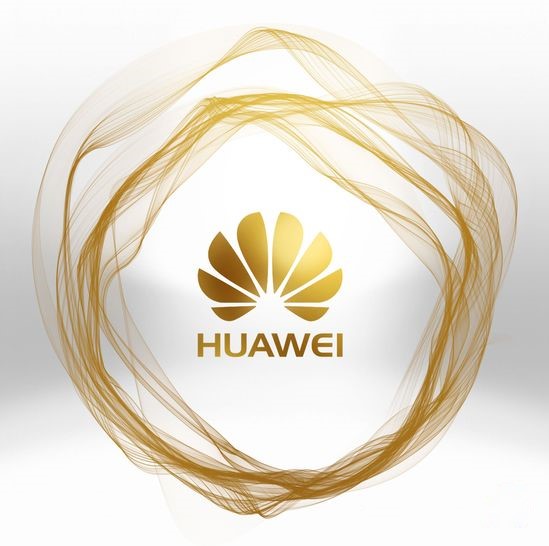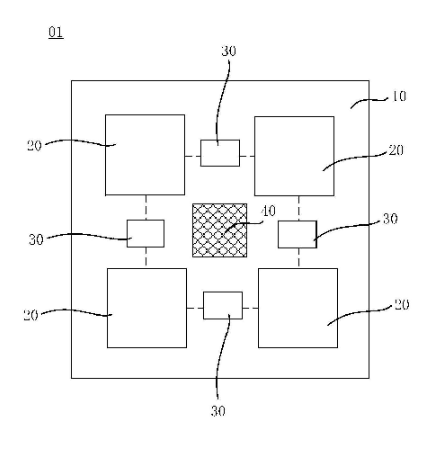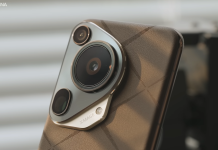This week, Huawei has officially published a new patent in China for the general public, and it is not your conventional smartwatch, earbuds or smartphone electronics patent. Instead, the patent that Huawei Technologies Co. Ltd had published is one on quantum computing, the next revolutionary step of how our technology will run in the next 10 years.

The patent is listed as patent number CN114613758A, and from the patent listing, Huawei has developed a type of “quantum chipset and quantum computing device”.
Huawei’s new type of quantum computing device aims to solve the current issues of producing quantum chipsets which include the complexity of manufacturing a quantum chipset and the low yields of the quantum chipsets when compared to the existing mainstream computing chipsets of today. In turn, with this new type of quantum chip, not only will it be easier to assemble in the future but also more units can be successfully produced with higher yields, meaning adopting more market share in the industry.

In the patent listing, it states the fundamentals of the architecture of Huawei’s newly developed quantum chipset:
- A substrate, M sub-chips, a coupling structure and a cavity mode suppression structure
- Each sub-chip includes N qubits, and M sub-chips are arranged on the surface of the substrate at intervals
- The coupling structure is used to realize the interconnection between the M sub-chips
- The cavity mode suppression structure is arranged at the edge of each sub-chip and/or in the gap between the M sub-chips and is used for increasing the cavity mode frequency of the quantum chip.
Here, the term M and N refers to a positive integer. ‘M’ is greater than 1, meanwhile, ‘N’ is greater or equal to 1.
The M sub-chips in the quantum chip will reduce the strain of manufacturing and will improve the production yield. For example, when a sub-chip happens to suffer from a defect, only the sub-chip will be discarded, and the overall chipset can be fixed or reused to prevent it from further being more electronic waste.
Quantum computing, heralded as the next generation of computing aims to cut down on the Internet and computing speeds up to 10 times that of today. For example, let’s say a modern-day supercomputer took 108 days (3 months) to compute 62.8 trillion digits of pi, if we were to theoretically use a future quantum computer, it could hypothetically calculate 62.8 trillion digits of pi in only 10 days (1.5 weeks), which is much faster than 3 months.

Although we are still in the infancy stages of developing the future of quantum computers, the promise of quantum computing seems attractively limitless with faster internet searching, lightning-quick financial data analysis, shorter commutes, more effective cancer drugs, better weather prediction and more.
RELATED:







